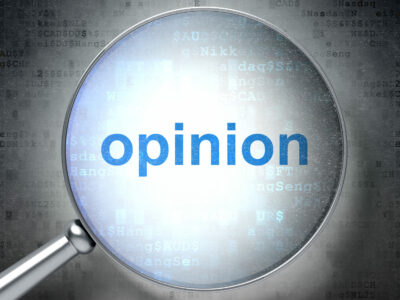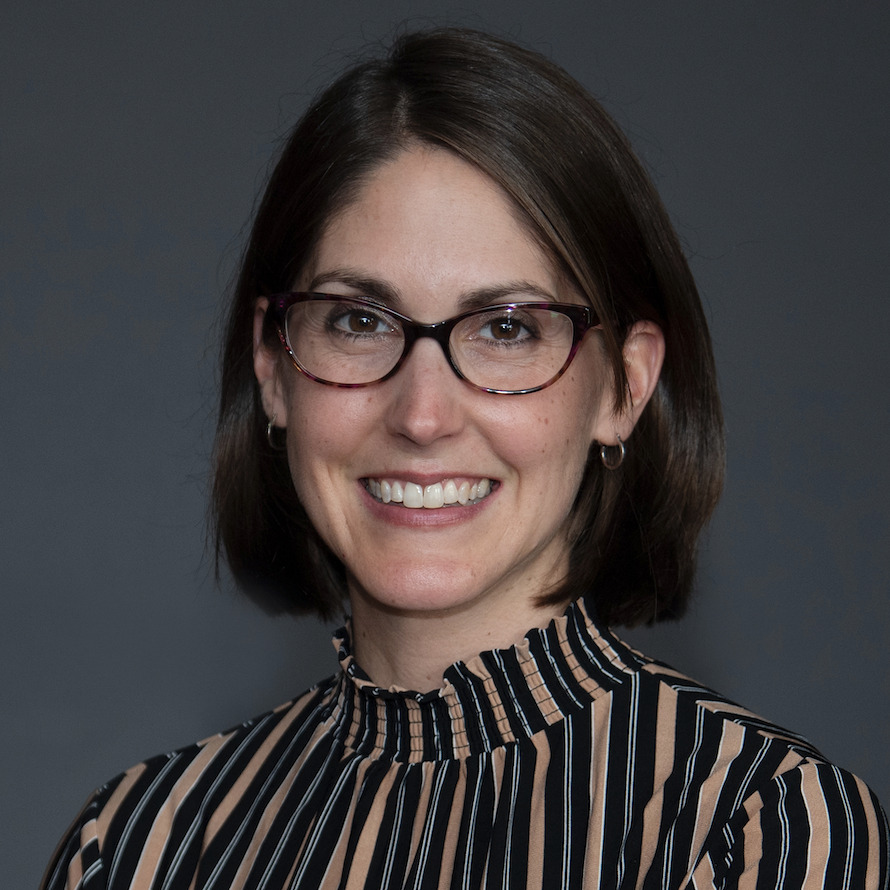“Today, more than 90% of prescriptions in the United States are filled with generic or biosimilar medicines. It is easy to forget that the vast majority of these started as patented medicines for which discovery was incentivized by an IP system that was in place decades earlier when the research first started.”
 The only thing that moves quicker, disseminates further, and is repeated more often than the truth is misinformation. The more misinformation is repeated, the more challenging it becomes to distinguish truth from falsehood. A groundbreaking 1977 study termed this the “illusory truth effect”. According to the study, if “people are told something often enough, they’ll believe it.” Simply repeating a statement makes it more likely to appear to be truthful. The impact of the illusory truth effect can be particularly harmful when those responsible for setting policy are unable to differentiate fact from fiction.
The only thing that moves quicker, disseminates further, and is repeated more often than the truth is misinformation. The more misinformation is repeated, the more challenging it becomes to distinguish truth from falsehood. A groundbreaking 1977 study termed this the “illusory truth effect”. According to the study, if “people are told something often enough, they’ll believe it.” Simply repeating a statement makes it more likely to appear to be truthful. The impact of the illusory truth effect can be particularly harmful when those responsible for setting policy are unable to differentiate fact from fiction.
One area where misinformation could have dangerous outcomes is in policymaking related to the patenting of medicines and the protection of intellectual property (IP). A robust patent system is the engine behind American pharmaceutical innovation. It drives a continuous stream of new medicines and vaccines that help address unmet medical needs. Upsetting the pharmaceutical innovation ecosystem based on misinformation could divert funding and disrupt future medical discoveries to the detriment of patients. Thus, policymakers must rely only on truthful and accurate information when making policy decisions.
I-MAK Has Been at the Helm of Pushing False Narratives
When it comes to patents, one organization that has relied on misinformation to mount a dangerous campaign against pharmaceutical manufacturers is the Initiative for Medicines, Access & Knowledge Inc. (I-MAK). According to I-MAK, “drugmakers are…blocking competition and keeping cheaper versions of medicines off the market” by “secur[ing] dozens or even hundreds of patents on each of their top selling drugs, in order to expand and protect their monopoly power.” I-MAK’s misinformation, although often repeated and cited as “factual” in mainstream publications around the world, is not supported by facts.
One of the medicines targeted by I-MAK is Lyrica®, a product developed by Pfizer and currently sold by Viatris. Although easily disproven, I-MAK continues to wrongly assert that there are currently no approved generic versions of Lyrica on the market, and that Lyrica has “42 years of monopoly from granted patents.” The truth is that Lyrica was approved by the U.S. Food & Drug Administration (FDA) in 2004 and generic versions were approved and launched in July 2019 following the expiry of Lyrica’s compound patent in June 2019. An infographic debunking more of I-MAK’s inaccurate statements about Lyrica can be found here.
Lyrica is an example of how the innovative biopharmaceutical ecosystem is intended to work. The patent system incentivized the discovery and development of a new medicine. After a limited period of exclusivity—in Lyrica’s case, about 14.5 years—that invention was dedicated to the public and cheaper generic versions of the product entered the market. Weakening IP laws will only serve to disrupt the incentive structure for innovation, potentially resulting in fewer medicines like Lyrica being discovered and reaching patients.
Another illusory truth often repeated is that pharmaceutical companies routinely engage in “evergreening” and “patent thickets” to prevent generic medicines from entering the market. According to this theory, pharmaceutical companies obtain numerous undeserving patents late in a product’s lifecycle only to extend market exclusivity. This shows a lack of understanding of the pharmaceutical research process and the patent system. To receive a patent, these later discovered inventions must undergo the same rigorous patent examination process as any other invention. There is no lower bar or easier pathway that allows “later” inventions to sneak past the patent examiner. To be granted a patent, an invention must meet the same exacting standards no matter when it is discovered.
Discovery of a promising chemical compound or new mechanism of action is just the beginning of the drug discovery timeline. A chemical compound or a mechanism of action is not a medicine. To turn that discovery into a safe and effective medicine for patients, scientists typically spend a decade or more in pre-clinical and clinical development. There may be several failures along the way before they discover the right formulations, right dosing, right processes, and, most importantly, test each use to prove its efficacy and safety. A medicine is not just one singular invention, it is a group of inventions that came together in just the right way to create a safe and effective medicine. This process continues even after a medicine receives FDA approval, as scientists continue their research to discover new medicines with improved efficacy, safety, dosing, and side effect profiles. These newer, improved versions, if FDA approved, are then offered as additional options to patients alongside the original medicine, which is often by this time available as a generic.
Drying Up the Innovation Pipeline Won’t Help Access to Medicines
Today, more than 90% of prescriptions in the United States are filled with generic or biosimilar medicines. It is easy to forget that the vast majority of these started as patented medicines for which discovery was incentivized by an IP system that was in place decades earlier when the research first started. If policymakers dismantle the infrastructure that made these medical discoveries possible in the first place, they will likely dilute the innovative pipeline of tomorrow’s generic and biosimilar medicines.
We all want the same outcome: for innovative medicines to be discovered and accessible to the patients that need them. For that to happen, we must have sound policies supported by evidence. Drying up the pipeline based on a false narrative does not serve patients. Relying on the facts does.

![[IPWatchdog Logo]](https://ipwatchdog.com/wp-content/themes/IPWatchdog%20-%202023/assets/images/temp/logo-small@2x.png)


![[Advertisement]](https://ipwatchdog.com/wp-content/uploads/2024/04/UnitedLex-May-2-2024-sidebar-700x500-1.jpg)
![[Advertisement]](https://ipwatchdog.com/wp-content/uploads/2024/04/Artificial-Intelligence-2024-REPLAY-sidebar-700x500-corrected.jpg)
![[Advertisement]](https://ipwatchdog.com/wp-content/uploads/2024/04/Patent-Litigation-Masters-2024-sidebar-700x500-1.jpg)

![[Advertisement]](https://ipwatchdog.com/wp-content/uploads/2021/12/WEBINAR-336-x-280-px.png)
![[Advertisement]](https://ipwatchdog.com/wp-content/uploads/2021/12/2021-Patent-Practice-on-Demand-recorded-Feb-2021-336-x-280.jpg)
![[Advertisement]](https://ipwatchdog.com/wp-content/uploads/2021/12/Ad-4-The-Invent-Patent-System™.png)






Join the Discussion
No comments yet.